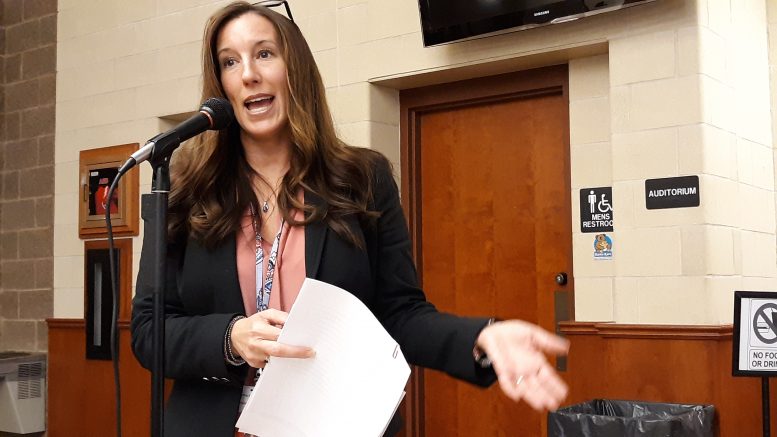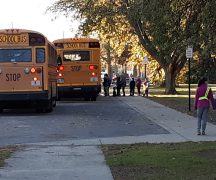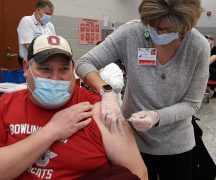By JAN LARSON McLAUGHLIN
BG Independent News
More than 20 years ago, the Ohio Supreme Court ruled the state’s K-12 school funding system was unconstitutional because it was unfair to students in poorer districts.
Bowling Green City School District has experienced that inequity for decades – and could see sizable relief if the new funding formula is adopted.
After several unsuccessful attempts to fix the system, state lawmakers think they now have a formula that provides equitable funding for all schools. But time is ticking away for the legislation to pass since three of the lawmakers championing the funding change are leaving at the end of 2020 due to term limits.
A bipartisan effort is underway in both chambers of the Ohio General Assembly to get the legislation passed in the shrinking lame duck session.
Bowling Green City Schools Treasurer Cathy Schuller has been sitting in on webinars about the proposed changes in House Bill 305 and Senate Bill 378.
“I think it definitely would be good news for Bowling Green,” she said. “They’ve done so much work – and I feel they’re finally getting school funding right.”
According to the Associated Press, the new formula would send much more state money per student to Bowling Green City Schools. After a six-year phase-in, it is estimated BGCS would see an estimated change of $1,221 per student – nearly 50% more than the district receives now.
“We owe it to our students to get this right,” Schuller said. “It’s a stable funding formula that doesn’t favor one district over another.”
The new formula takes into account a community’s ability to help fund schools, factoring in not only property values but local income levels. That would make a big difference to districts like Bowling Green.
“It’s not so heavily dependent on property taxes, which will definitely help rural farmers,” Schuller said.
And since it doesn’t favor one district over another, “it kind of takes the animosity out of open enrollment,” she said.
Schuller is hopeful the legislation will continue moving forward.
“It has picked up momentum,” she said.
The Bowling Green League of Women Voters Education Committee has spoken out in favor of the new funding formula.
The state’s portion of investment is unpredictable and is fueling greater reliance on local resources, according to the league. Under the current system, districts are forced to rely on local school levies, which cause added burdens to communities that suffer from poverty and to rural farming communities who must pay property taxes to fund schools.
“We have seen here in Bowling Green that school funding is in tatters and school districts are financially vulnerable,” the league wrote in a recent letter. “Many are struggling to maintain the simple basics of education rather than the inspiring experiences that ignite the lifelong learners and truly prepare thoughtful citizens.”
If fully implemented over six years, the additional price tag for school funding would reach $1.99 billion a year.
The goal of the “Fair School Funding Plan” is to create a formula that determines the ability of school districts to raise money locally. Sixty percent of that calculation would look at districts’ property tax valuations while the remaining 40 percent would consider local residents’ incomes.
The state would make up the difference between how much the local district would be expected to raise and how much it would cost to educate a typical student in that district.
The per-district price tag would fund direct classroom instruction costs at 60 percent; building operations, 20 percent; instructional and student support, 15 percent; and district leadership and accountability, 5 percent.
The bills also call for the state to directly fund charter schools and voucher scholarships for students who attend private and religious schools, rather than expect that money to come out of public districts’ budgets.
The state would make additional adjustments to compensate districts for higher numbers of students with disabilities, economic disadvantage, and needs for special education, gifted, and English as a second language classes. The plan would also adjust how districts are funded for students’ transportation costs.





